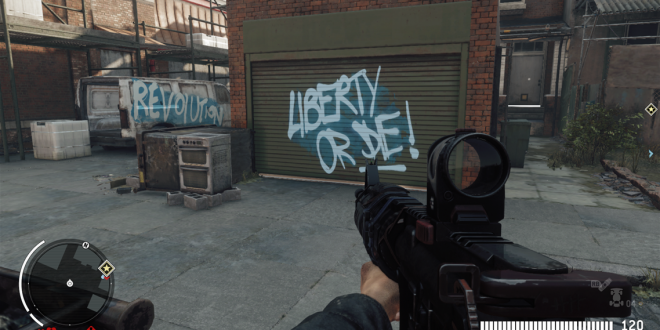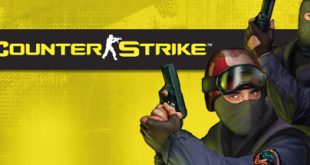From time to time, a modern FPS comes along and presents an interesting story that doesn’t put you in the boots of some super secret special forces guy who has to kill all the terrorists to save the world. The original Homefront does that, whereby the United States is invaded and you are a resistance fighter who is trying to liberate your hometown. Homefront: The Revolution is a continuation of this alternate universe where North Korea somehow becomes a superpower, except this time, it is on a new generation of consoles and a new area of the United States.
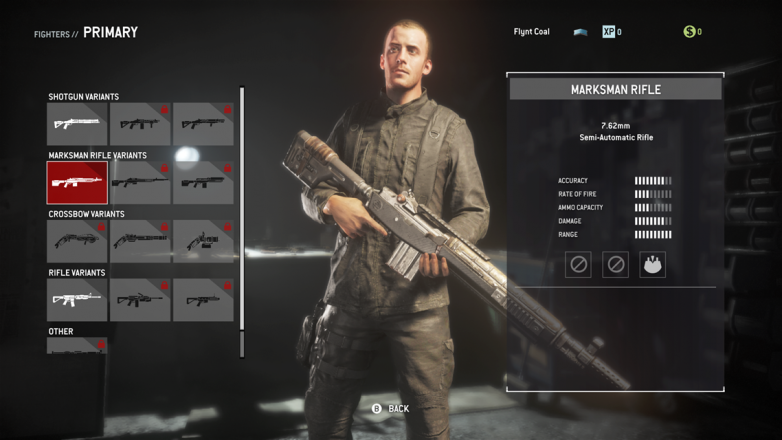
Unfortunately, the original Homefront wasn’t exactly revolutionary, but will Homefront: The Revolution change that?
To protect the people at a minute’s notice
Originally, Crytek (the developers of the Crysis series) was supposed to develop Homefront: The Revolution, but they ran into some internal conflicts. However, their mark on the game is very pronounced, especially in regards to how weapons can be heavily customized on the fly.
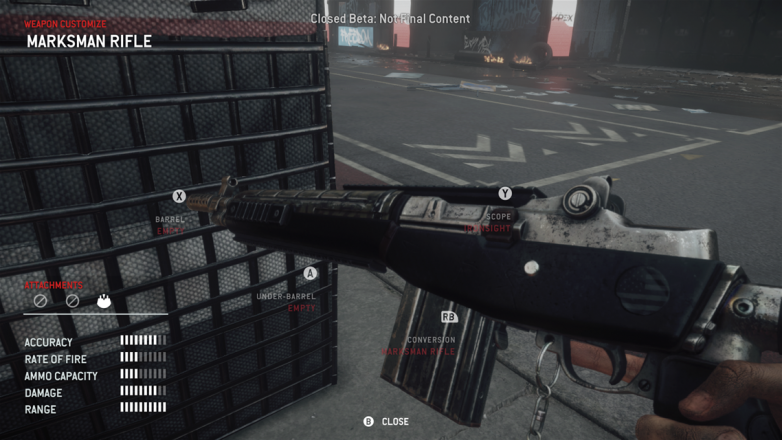
Like other games, you can unlock your usual assortment of sniper rifles, assault rifles, and shotguns, but in Homefront: The Revolution, you essentially unlock a weapon class, and then you can use the lower receiver of that class as a starting point for the more refined weapons that fit into that class.
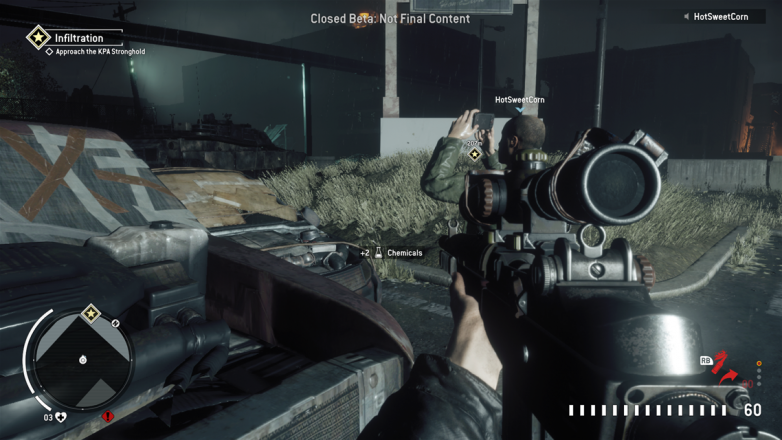
This mechanic is very reminiscent of the way Star Wars: Republic Commando lets you switch between having a sniper rifle, grenade launcher, and carbine on demand. Throw in all the scopes and grips and such that you can stick onto your gun, and you will never be caught off guard in any situation. Want to switch between a faster firing semi-automatic rifle and a heavier hitting sniper rifle? No problem. Want to turn your standard assault rifle into a light machine gun? Just press a button, and you’ve got a fast-firing support weapon.
A nation of Minutemen
If nothing else, Homefront: The Revolution does a good job of making it clear that you are not some kind of super soldier and you are not on the winning side. You’re not 100% accurate with your gun, you can’t regenerate your health without the use of a limited supply of medical supplies, and your usual supply of grenades and high tech drones is replaced by pipe bombs and RC cars. In other words, you are just a normal guy or girl who has taken up arms to defend your country against a foreign invader.
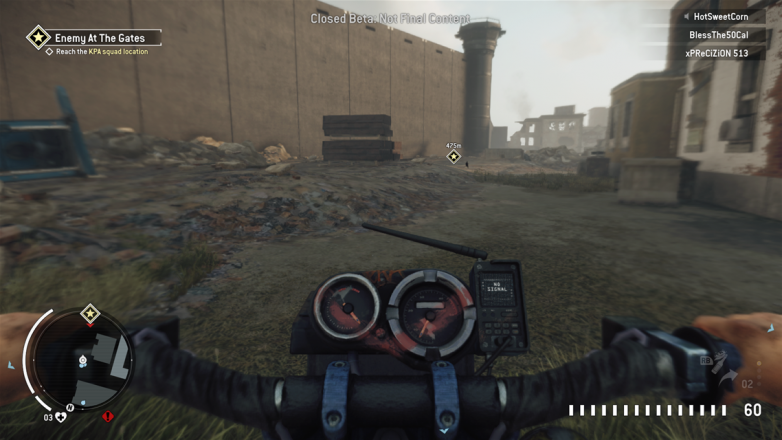
As such, you may see your local fast food place, boarded up and covered in propaganda. You may see some yard sale that got ransacked by a platoon of North Korean soldiers. You may even see your neighborhood in a state of disrepair that wouldn’t be out of place in a Fallout game. From a thematic standpoint, Homefront: The Revolution definitely captures the whole “the war has come home” feeling very well.
But one life to lose…
All that being said, Homefront: The Revolution does feel lacking in what is undoubtedly the most important aspect of any game: the gameplay. It is simply much too average, and in an age where new games are seemingly growing on trees, a game can no longer afford to be average. Granted, the beta only covers the multiplayer aspect of the game, but it feels as if someone took the pseudo-open world nature and structure of GTA Online’s heists (fortunately, it lets you launch a mission without a full lobby), added a generic cast of stupid enemies, and threw in what may be the most average feeling everything to top it off.
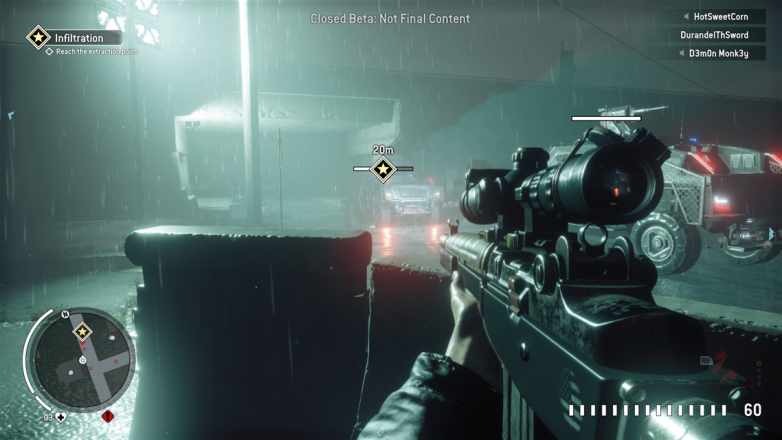
Perhaps if there was a higher emphasis on stealth (yes, there actually is a stealth mechanic in the game) or perhaps if the multiplayer missions didn’t feel so generic or maybe if the enemies weren’t so stupid and called for some backup, Homefront: The Revolution may have a fighting chance against all the other games that are coming out, but as of now, the multiplayer gets a solid meh. There just isn’t anything in the multiplayer that helps it stand out, and while that may be the result of the game being a modern FPS, it puts Homefront: The Revolution in a perilous position whereby it may have to rely on its single player campaign to keep people’s interest.
 Load the Game Video Games, Reviews, Game News, Game Reviews & Game Video Trailers
Load the Game Video Games, Reviews, Game News, Game Reviews & Game Video Trailers
